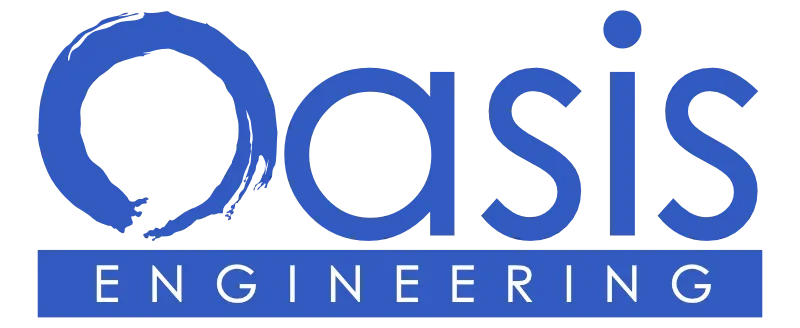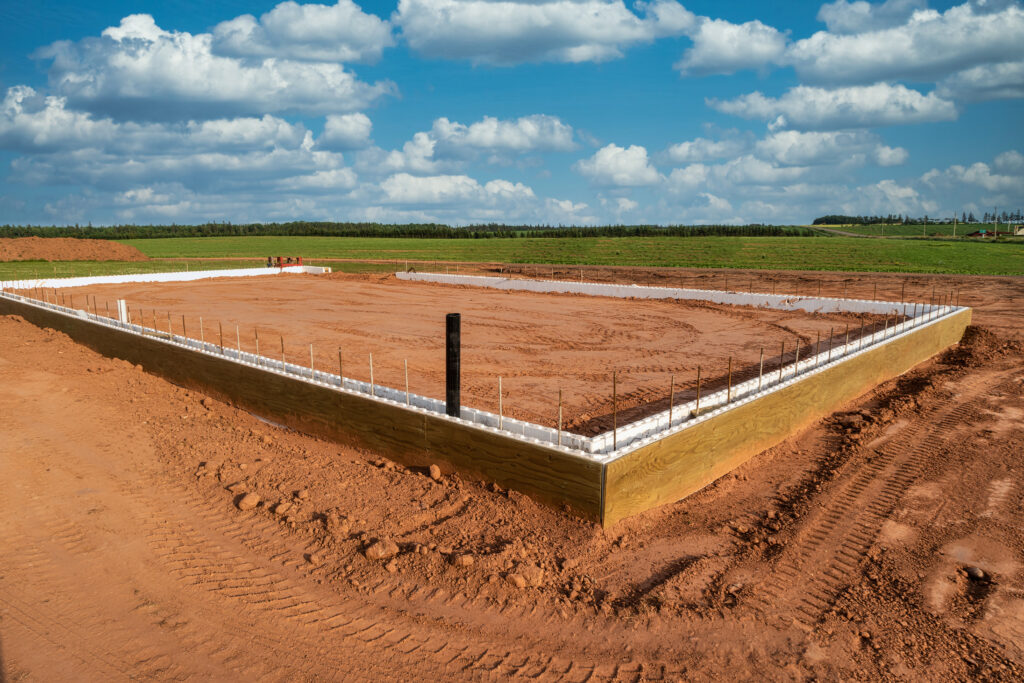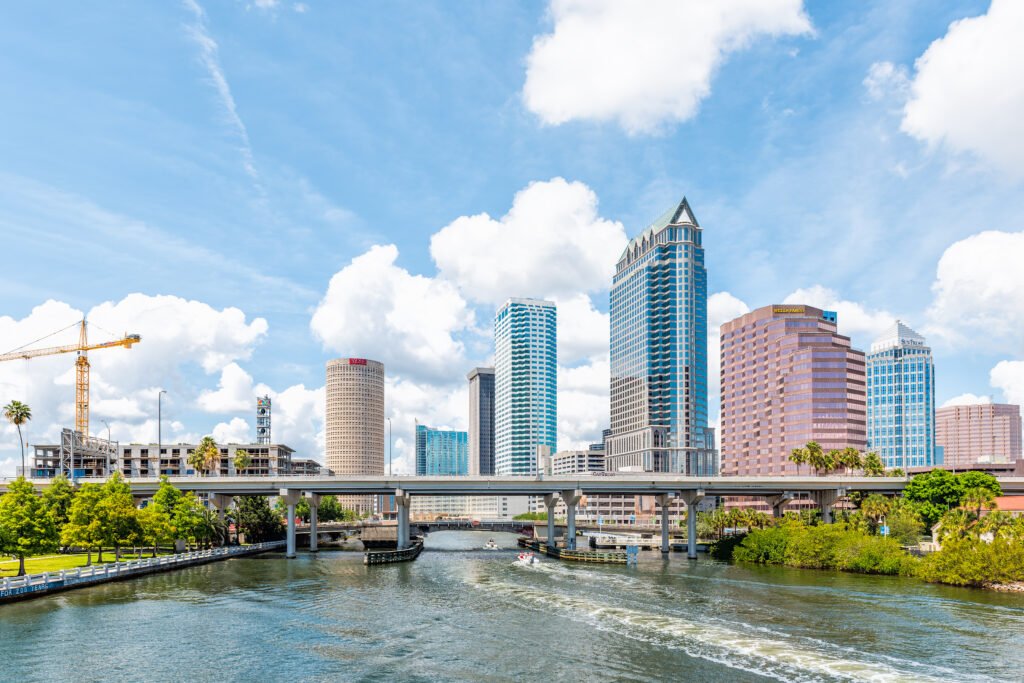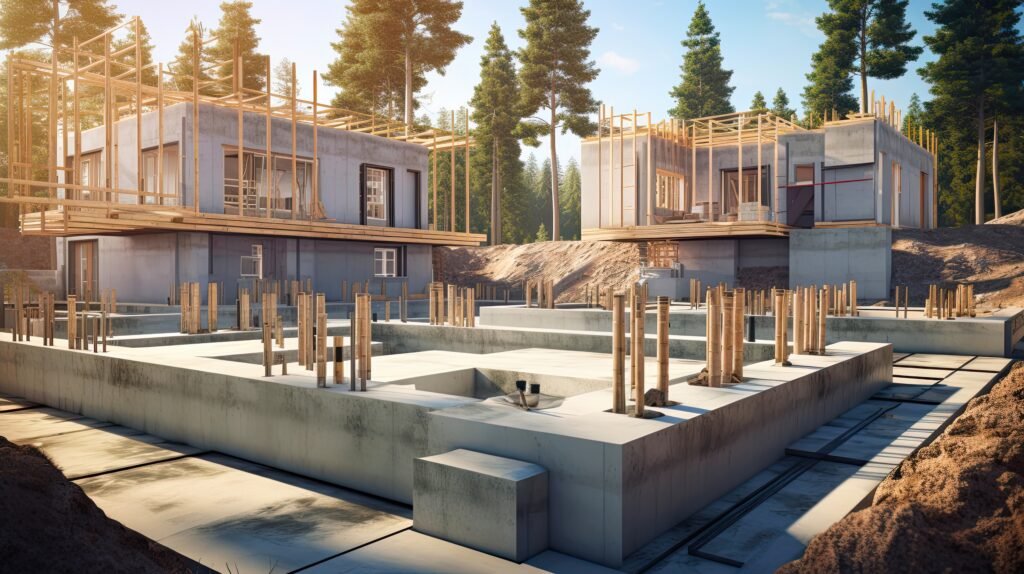If you’re planning or already involved in a residential construction project in Lee County, understanding the types of inspections that are required is critical. These inspections are designed to ensure that your project complies with local building codes and regulations. If navigating the complex web of inspections has you feeling overwhelmed, you’re not alone. Whether you’ve missed an inspection deadline, require on-the-spot field adjustments, engineer letters, or need engineering approvals for modifications, our expert team is here to help guide you through every step of the process. Let’s break down the various types of inspections, their codes, and when they should be scheduled. Structural Inspections 101 Foundation/Footing This inspection ensures that the foundation meets building code requirements and is usually the first inspection you’ll need after pouring the foundation. 102 Floor/Slab Performed after the floor or slab has been poured, this inspection verifies that it meets the required specifications. 103 Tie Beam This inspection is performed during the framing stage to assess the structural stability. 104 Column/Piling Scheduled after the columns and pilings have been installed, this ensures they meet structural requirements. 105 Rough Framing Takes place after the skeletal framework is built and ensures structural integrity. 106 Final Structural This inspection is scheduled when all structural works are complete and ensures the whole structure meets code. 107 Insulation Checks that your insulation material and its installation meet the required standards. 110 Soffit/Siding/Wall Covering Ensures exterior wall coverings are properly installed. 125 Shutter Final Performed after the installation of storm shutters to ensure they meet county regulations. 130 Sheathing/Straps/Engineering Checks that the sheathing, straps, and other engineering components meet standards. 140 Drainage/Grading Inspection Confirms that the site is graded correctly for proper drainage. 903 Fire Wall/Tenant Separation Verifies that firewalls are correctly installed between different sections or tenants of a building. Plumbing Inspections 201 Rough Plumbing (D.W.V.) Assesses the drainage, waste, and vent pipes before walls are sealed. 202 2nd Plumbing (Tub Set) Verifies proper tub set installation. 203 Sewer Checks the sewer system for code compliance. 204 Final Plumbing The last inspection in the plumbing sequence, conducted after all plumbing work is completed. 207 Solar Ensures solar plumbing installations are up to code. LP & Natural Gas Inspections 205 Rough Gas Checks the gas lines before they are concealed. 206 Final Gas Final check for all gas line installations. 208 Gas Line Verifies additional or modified gas lines. 209 Gas Tank Ensures gas storage tanks are correctly installed. Electrical Inspections 301 Temporary Pole Checks the temporary power sources before any major electrical work begins. 302 Temporary Underground (RES TUG) Inspects underground power sources. 303 Service Change Ensures that electrical service changes meet the proper requirements. 304 Rough Electrical Assesses wiring and components before the walls are closed. 305 Electrical Final Final inspection to verify all electrical installations meet code. 306 Temp/Perm Power (Commercial) Inspection for temporary or permanent power in commercial setups. 308 House Meter Only (Commercial) Exclusive to commercial properties, this inspection verifies the house meter installation. 310 Temp Overhead (RES TOH) Checks temporary overhead power sources in residential settings. Mechanical Inspections 401 Rough A/C Scheduled before A/C systems are sealed. 402 A/C Final Final inspection for all A/C installations. 403 Refrigeration Verifies correct installation of refrigeration systems. 404 Hood Confirms that hoods are correctly installed in accordance with code requirements. Roofing Inspections 501 Roof Dry In Inspection to verify that the roof is dry before proceeding. 502 Roof In Process (concrete tile) Ensures that concrete tiles are properly laid. 503 Roof Final The final inspection for roofing, can now be conducted virtually for certain projects. MH/RV/Construction Trailer Inspections 113 Tie Down Ensures that mobile homes, RVs, and construction trailers are securely anchored. Pool/Fountain Inspections 101 Pool Retaining Wall Checks the structural integrity of pool retaining walls. 108 Pool Steel Verifies that the steel framework of the pool is sound. 109 Pool Deck Checks the installation of pool decks. 119 Pool Final Final inspection to ensure all pool components meet code. 304 Rough Electrical Bonding Verifies electrical bonding for pools and fountains. Other Inspections 112 Aluminum Final Covers screen rooms, enclosures, and similar structures. 115 Awning Final Inspects installed awnings for code compliance. 116 Demolition Final Final check post-demolition to ensure safety. 117 Shed Final Verifies that sheds are built to code. 118 Marine Final Includes inspections for seawalls, docks, rip rap, etc. 120 Fence Final Final inspection for all fencing projects. 121 Sign Final Inspects signage for compliance with local codes. Fire Inspections 902 Fire Final Covers sprinklers, paint booths, suppression systems, alarms, and monitoring. 906 Rough Fire Initial inspection for fire safety systems. Fire inspections usually require a two-step process involving both the county and local fire departments. Virtual 503 Final Roof Inspections The Lee County Building Department now offers an option for virtual final roof (503) inspections for hurricane-related re-roof permits only. This process expedites the completion of your 503 final roof inspection. RESIDENTIAL FINAL 503 VIRTUAL ROOFING INSPECTION FORM – for more information, please refer to the Lee County website. Conclusion Properly scheduling and passing these inspections is crucial for the success and legality of your residential project. Remember, some inspections like the virtual 503 final roof inspections are available online, providing a convenient alternative to traditional methods. If you have any issues during the inspection process, like missed inspections or require help with field adjustments, changes and modifications that require engineer approvals, engineer analysis or engineer letters, feel free to contact us! For more information or to schedule an inspection, you can contact the Lee County Building Department. Your project’s safety and compliance depend on these essential inspections, so don’t skip them!











